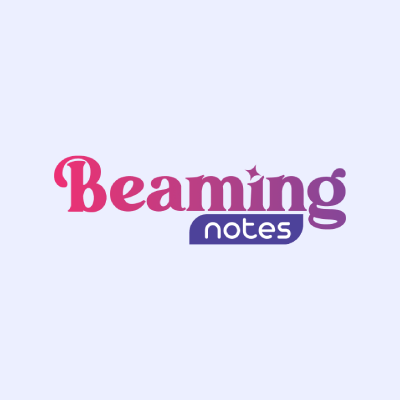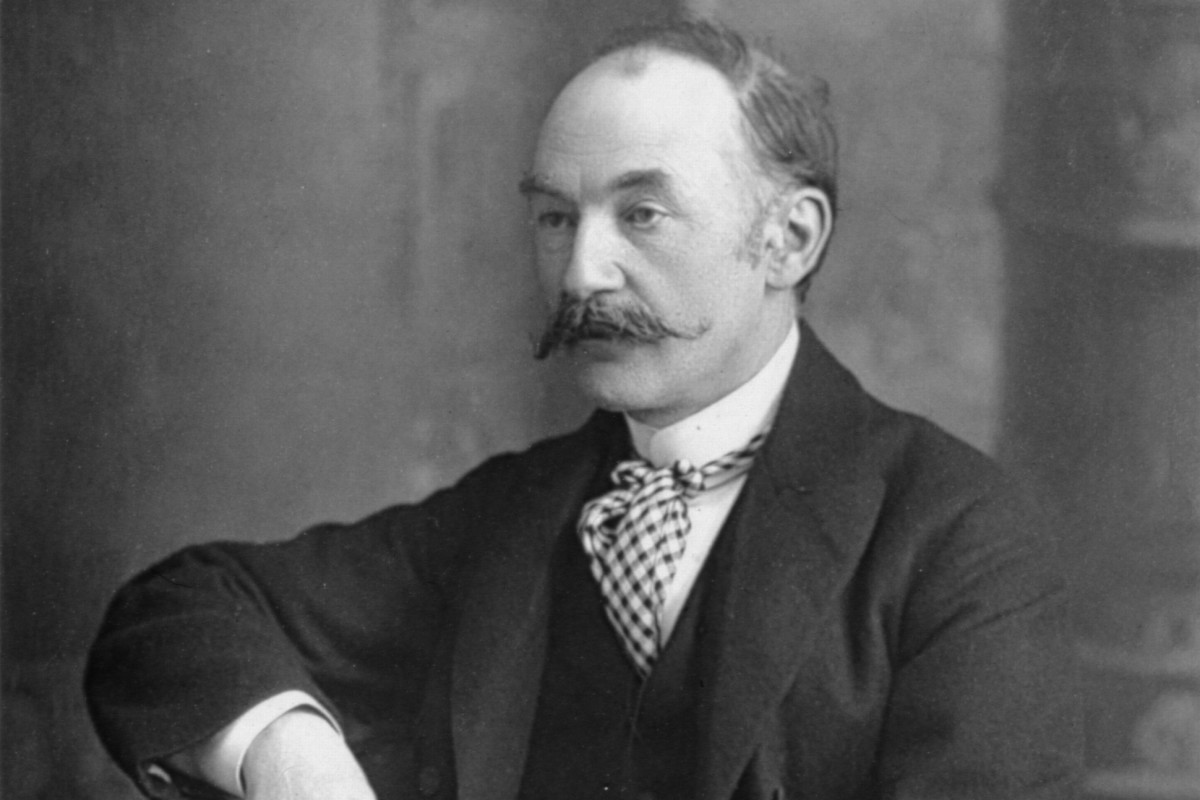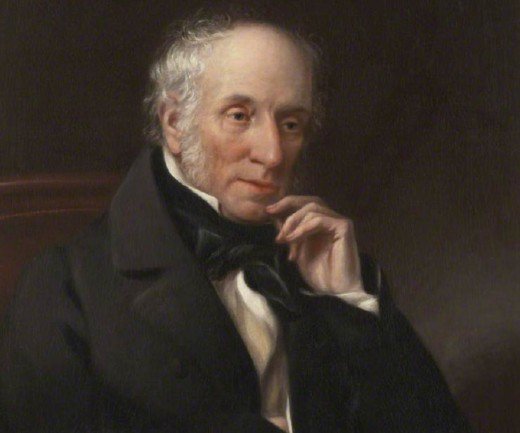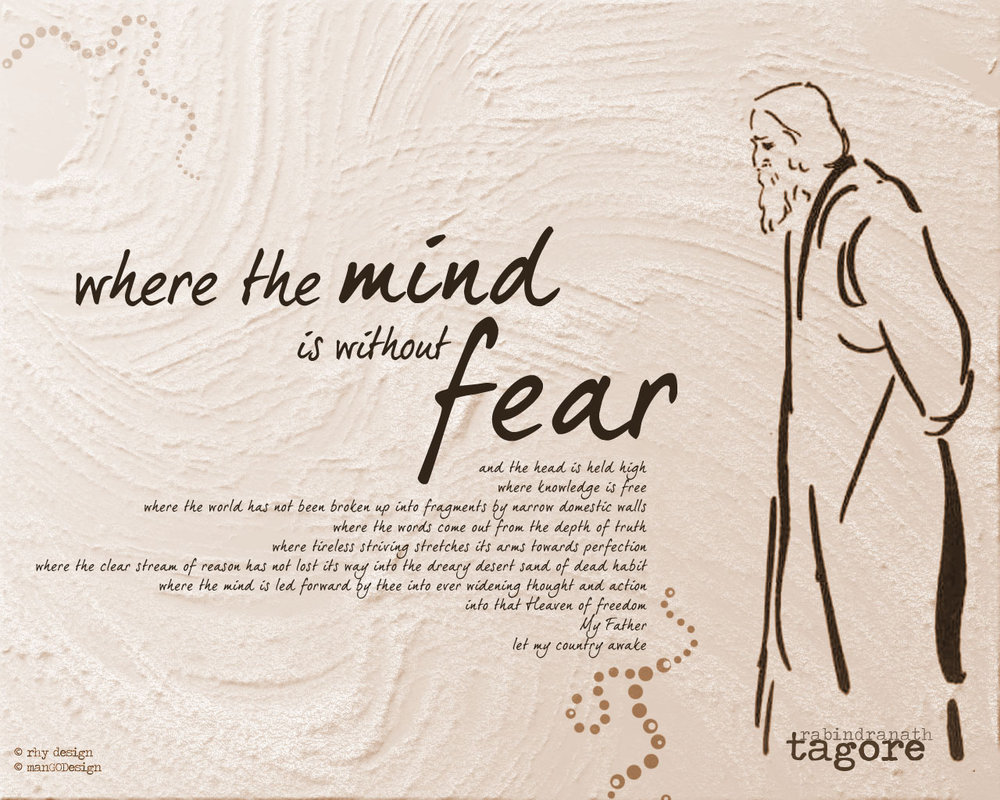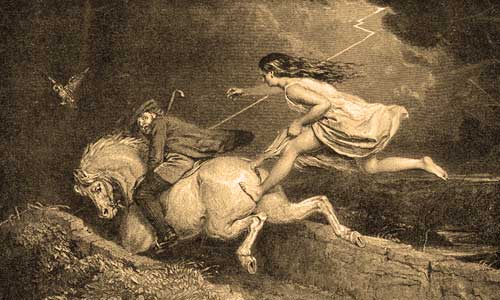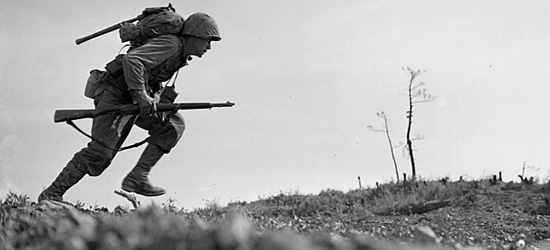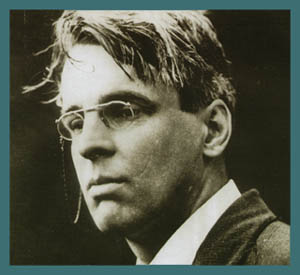This analysis of Robert Burns’ “Sweet Afton” is divided into three sections – context, rhyme scheme and rhetorical devices, and themes.
Context: This poem was probably written by Robert Burns in 1789. That year, 0n 5th February, the poet is said to have sent a copy of this poem to Mrs Dunlop with the comment, “There is a small river, Afton, that falls into the Nith, near New Cumnock which has some charming, wild, romantic scenery on its banks”. However, it was only set to music in 1837 by Jonathan E. Spilman, under the title “Flow gently, sweet Afton”. This poem is also often sung to the tune of the popular Christmas carol “Away in a Manger”.
Rhyme Scheme and Rhetorical Devices: Each of the stanzas in this poem is composed of two pairs of rhyming couplets. Therefore, the rhyme scheme of each stanza is AABB.
Throughout this poem, the poet uses the device of apostrophe. This rhetorical device is used when a poet addresses his or her poem to an absent or silent audience. Here the poet speaks directly to the Afton Water, as well as to the noisy birds found in its vicinity, but we never see them responding to him at any point of time in the poem. In line 3 of the 1st stanza, the poet uses the device of onomatopoeia. This rhetorical device is used when a word is used to describe a sound. Here the poet uses the word “murmuring” to describe the sound made by the river as it flows along the hills and the valleys of New Cumnock.
In line 4 of the 2nd stanza, the poet uses the device of metonymy. This rhetorical device consists of the substitution of the name of an attribute or adjunct for that of the thing meant. Here the poet uses the word “fair” to refer to his beloved Mary. He again uses the device of metonymy in line 3 of the 3rd stanza when he writes the word “noon” to refer to the sun that rises high in the sky at noon time.
In line 1 of the 5th stanza, the poet uses the device of metaphor. This rhetorical device is used when a covert comparison is made between two different things or ideas. Here the poet compares the Afton Water to a crystal, since they both sparkle under sunlight. The poet again uses this device in line 3 of the same stanza when he compares Mary’s white feet with snow.
Themes:
- “Sweet Afton” as a pastoral poem: A pastoral poem is one with a simple rhyme scheme on the subject of shepherds and the countryside. “Sweet Afton” is such a poem. It is composed entirely of rhyming couplets. It is also evident that the speaker of the poem is a shepherd because he says in the 3rd stanza that he wanders around the valleys below the Afton Water tending to his flock of sheep. He speaks of a simple life spent with his beloved in the lap of nature, and away from the hustle and bustle of the city. Burns would often focus on such characters in his poetry. He was a chronicler of the common people of his native Scotland. As a pre-Romantic, he also preferred the natural world to the court and the city, both of which featured prominently in the poets of the preceding Augustan era.
- Identity of Mary: There has been a certain amount of controversy regarding who the Mary is that this poem refers to. Two different opinions on the matter have been offered by Currie, Burns first biographer, and by Gilbert Burns, the poet’s brother. Dr. Currie says that this poem’s Mary is actually Mrs. Stewart, formerly Lady Stair, a benefactress who was very fond of Burns’ poetry. If that is the case, then Burns is imagining the proprietress of a large estate, as a simple cottage maiden, and himself as her lover. Gilbert Burns, on the other hand, says that the Mary in “Sweet Afton” is Mary Campbell, a lover of Robert Burns in real life, who passed away at a young age. A little over a year after her death, he had become involved with the infamous Clarinda. Perhaps his first biographer merely wanted to cover up his still-present passion for a former flame by providing an alternate explanation of Mary’s identity. However, none of this can be confirmed without doubt.
Some online learning platforms provide certifications, while others are designed to simply grow your skills in your personal and professional life. Including Masterclass and Coursera, here are our recommendations for the best online learning platforms you can sign up for today.
The 7 Best Online Learning Platforms of 2022
- Best Overall: Coursera
- Best for Niche Topics: Udemy
- Best for Creative Fields: Skillshare
- Best for Celebrity Lessons: MasterClass
- Best for STEM: EdX
- Best for Career Building: Udacity
- Best for Data Learning: Pluralsight
